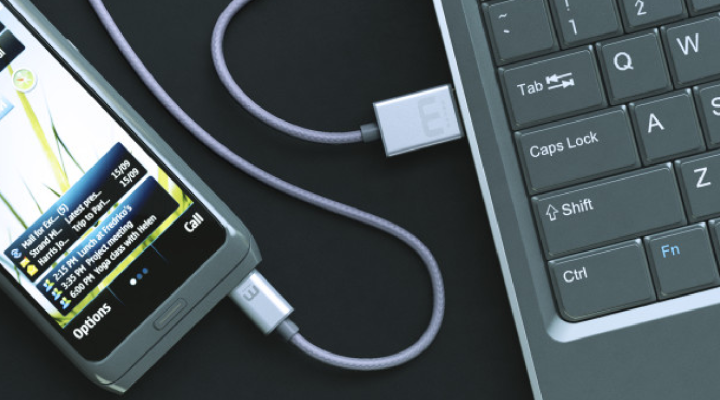
“As the first product of its kind the MicFlip USB cable offers mobile users a whole new level of functionality,” WinnerGear, the cable’s production company, states on its Indiegogo campaign page. “Thanks to the intelligent design, smartphone owners can now connect their next-generation devices in any direction. Rather than risk damaging components by accidentally forcing standard Type-A USB and microUSB plugs in the wrong direction, the MicFlip can be seamlessly inserted at any angle.”
According to WinnerGear, their survey of potential buyers found that consumers wanted both a more durable and a reversible cable, and as a result, they set out to develop an offering that would satisfy both these needs. Said the company, “We wanted to make the world’s most sought-after, efficient and durable USB cable – so as well as making the plug totally reversible, we covered the wires in an ultra-strong and flexible braided nylon lead.” After all, as per their industry research, WinnerGear found that several consumers had to put up with loose connections and poor charging capabilities from their USB cords after daily use.
Featuring a “robust aluminum shell,” gold plated plugs, and a braided cable, the 1-meter long cord is certainly innovative in its functionality. With a “commitment to enhancing the day-to-day lives of its customers,” WinnerGear seems confident that the MicFlip will change its supporters’ lives — at least, when it comes to their USB cords.


